individual.backToEducation
Cultura,
Medio Ambiente,
Vida Silvestre
Cultura,
Medio Ambiente,
Vida Silvestre
Cultura, Medio Ambiente, Vida Silvestre
The Danger of Feeding Wildlife

Balbina Iga
individual.team educación
Introducción
Most people who feed wildlife do so with good intentions and for the purpose of seeing animals up close. “A small amount makes no difference”, except when most people think the same way: so animals actually end up eating a diet composed primarily of human food. And although animals respond enthusiastically, the consequences of this can lead to major consequences both for them and for the entire ecosystem.
Loss of foraging skills
Young animals can become dependent on humans for food and, as a result, may not learn to hunt or forage. If at one point they lack human food, this would lead them to starve to death.
Loss of foraging skills
Young animals can become dependent on humans for food and, as a result, may not learn to hunt or forage. If at one point they lack human food, this would lead them to starve to death.
Loss of fear of humans
Animals are starting to move deeper into inhabited areas and getting closer to people and other domesticated animals.
If they identify them as an easy and free source of food, they will continue to approach people to order food.
Loss of fear of humans
Animals are starting to move deeper into inhabited areas and getting closer to people and other domesticated animals.
If they identify them as an easy and free source of food, they will continue to approach people to order food.
Malnutrition
Food given to wild animals very rarely consists of food that they themselves will find in nature and, therefore, their bodies cannot process it.hola,
e.g., giving bread to birds can lead to them developing “angel wings” (also known as broken or crooked wings).
Spread of diseases
The animals will take advantage of the most convenient food source. This leads to a higher concentration of animals and more interactions between species. In high concentrations, diseases spread more easily and quickly.
Spread of diseases
The animals will take advantage of the most convenient food source. This leads to a higher concentration of animals and more interactions between species. In high concentrations, diseases spread more easily and quickly.
Interference with migratory patterns
One of the things that tell animals that it's time to migrate is seasonal changes in the food supply.
If supplementary food is available, several birds may not migrate and that would lead to increased competition for food that is available.
Interference with migratory patterns
One of the things that tell animals that it's time to migrate is seasonal changes in the food supply.
If supplementary food is available, several birds may not migrate and that would lead to increased competition for food that is available.
It leads to overpopulation
The number of animals that are born is directly related to the amount of food available to parents. The number of young people who survive depends on the food available.
It leads to overpopulation
The number of animals that are born is directly related to the amount of food available to parents. The number of young people who survive depends on the food available.
Biodiversity loss and habitat destruction
Certain animals (rats, pigeons, gulls, raccoons, skunks, and opossum) have learned to thrive among people and have populated urban areas.
Biodiversity loss and habitat destruction
Certain animals (rats, pigeons, gulls, raccoons, skunks, and opossum) have learned to thrive among people and have populated urban areas.
So what to do?
If you've fed a wild animal, decrease the amount of food you feed them to give them time to adapt without making them feel hopeless and panicked. Depending on the species, this process can take 8 to 12 weeks before they relearn how to forage or marry.
So what to do?
If you've fed a wild animal, decrease the amount of food you feed them to give them time to adapt without making them feel hopeless and panicked. Depending on the species, this process can take 8 to 12 weeks before they relearn how to forage or marry.

